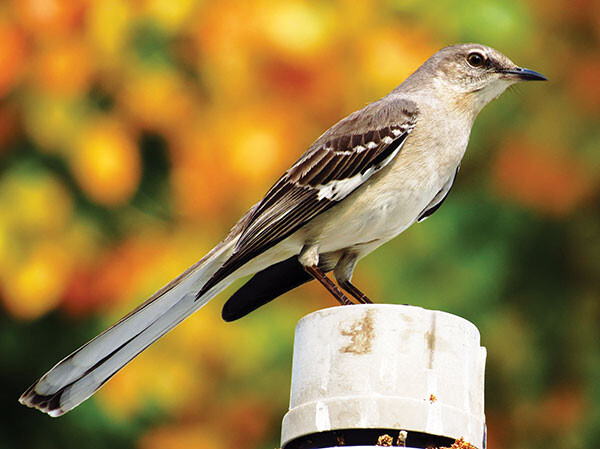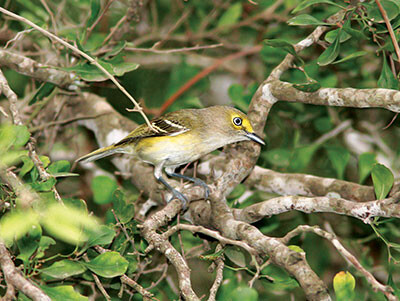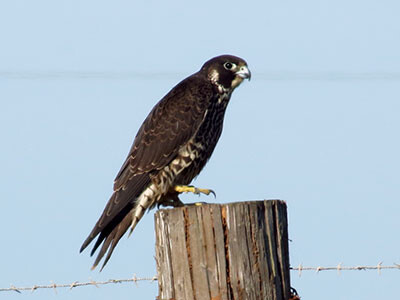 By John Brush, Urban Ecologist at Quinta Mazatlán, McAllen
By John Brush, Urban Ecologist at Quinta Mazatlán, McAllen
The falcon, aglow with the evening’s golden light, banked sharply over the onion field. In response, the seemingly inactive rows suddenly propelled into motion as pipits burst into flight, alarm calls ringing out in warning. After just seconds of the birds whirling together, the falcon flew away empty-taloned, wheeling to the west, and the field returned to its visual dormancy. This time, however, I knew that the pipits were there in the bunches of onions, perhaps trying for one last insect snack before going to roost.
This sort of observation, though fleeting and happenstance, serves as a reminder of the world of bird interactions that hides in plain sight; birds-to-birds, birds-to-plants, birds-to-insects, and so on. In an ecosystem, there are endless amounts of these relationships that keep the system functioning, helping to cycle nutrients and energy over time for generations of organisms, including humans.
Ultimately, an organism’s function in an ecosystem is tied to what and how it eats. From the human perspective, some of these functions are particularly beneficial and we call them ecosystem services. Examples of important services include plants producing oxygen through photosynthesis, or microorganisms decomposing organic matter in the soil that our crops use to produce food. Birds, like the falcon and the pipits, provide a variety of these services.
Many birds are predatory on other animals, including those that can cause economic or environmental damage when left unchecked. A single Barn Owl may eat four to five mice per day. Multiply that by 365 days per year and it equals highly effective rodent control. The vast majority of songbirds (vireos, warblers, thrushes, etc.) feed their young insects, particularly caterpillars of moths and butterflies, which can be some of our troublesome pests. One of the most underappreciated providers of ecosystem services are vultures, which help dispose of tons of animal carcasses and reduce the spread of disease to us and our domestic animals.
Even when birds aren’t eating other animals, they still help keep our ecosystem functioning and healthy. Frugivorous birds – those that eat fruits and berries – help spread and propagate plants. Some plants have much better germination rates after they have gone through a bird’s digestive system. Those plants can then grow into the trees that shade us, the wetland species that help filter water and mitigate flooding, and the plants that provide energy for the entire food chain.
 Birds provide more than just quantitative benefits, however.
Birds provide more than just quantitative benefits, however.
As I write this at Quinta Mazatlán, I hear a mockingbird loudly affirm its claim of an anacua tree, defending the fruiting crown against intrusive neighbors. A White-eyed Vireo bubbles complex phrases of song from a patch of barbados cherry – I could look for minutes and not see it. Inca doves flutter between the cover of a Coma and the bird seed at my office feeder, weighing brief excursions for free food against the danger of a roaming hawk.
I could try to measure the services of these species, to figure out what pests the vireos eat, or how many tree seeds a mockingbird spreads, and then how much they grow and replenish the Valley’s lungs. But right now, the benefit that resonates most is the joy and comfort of simply existing with these feathered beings, marveling at how some of life’s most beautiful snippets are encapsulated in daily activities with companions you love.
Photo 1: Northern Mockingbird
Photo 2: White-eyed Vireo
Photo 3: Peregrine Falcon













